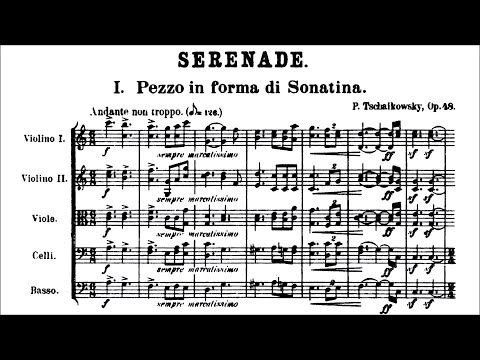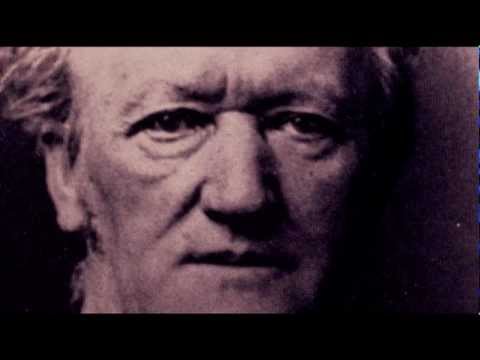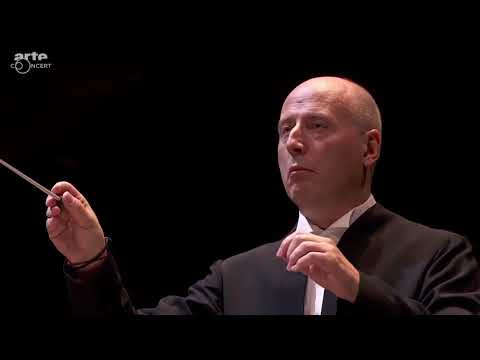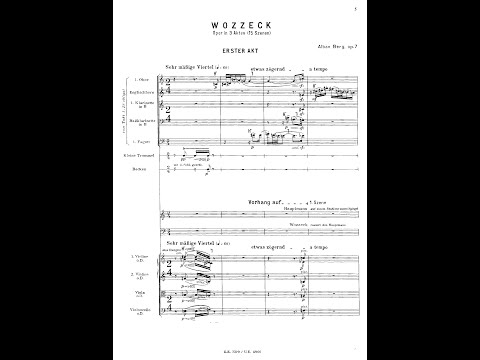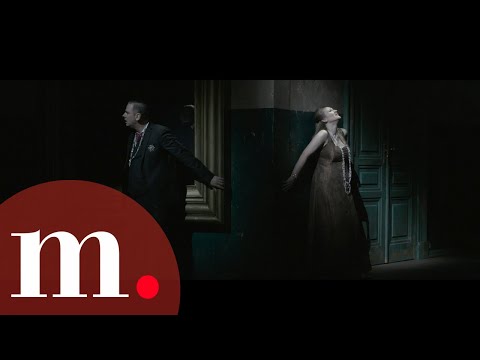Some days, I sit at the piano and doodle, playing nothing in particular for some unspecified period until I eventually stop. What happens next depends entirely on the amount of music I’ve chewed through the previous week: adventurous or gentle, thickly slathered or flimsily constructed. Little is uniform in these twiddling sessions, save for the general shape of the creations (start, go for a bit, reach an optimum point, begin to shrivel, die unspectacularly), and that they always seem to begin in C Major. And of the few silly classical music takes that I currently hold dear (Delius: good, Vaughan Williams: less good, listening to music at A=432Hz: less good still), the idea that C Major is the worst key is one I will defend to the hilt.
Can a key really give you the ick? If it can, then it’s through its association, rather than anything inherently wrong with it (an “it’s not you, it’s me” moment for the discipline of musical aesthetics). In the hundreds of years that humble keys have walked this earth, Western Classical Music has moved far away from tonal essentialism, and the idea that keys have fundamental traits. Still, it’s fun to glance at the history of composers and theorists’ adjectival indulgences, particularly in relation to the key of C. For Marc-Antoine Charpentier in his 1690 treaties Règles de composition, C Major was the equivalent of weapons manufacturer BAE Systems sponsoring London Pride: “gay and warlike.” For synesthete Amy Beach, C Major was simply “white.” Theorist Christian Schubart, writing in 1806, took that thought further: C Major is “completely pure—innocence, simplicity, naivety, children’s talk.”
Unlike its well-connected circle of cousins, C Major is yet to fully shed its infantile image, probably because it is so ingrained in the experience of youth. C Major is listless piano students bashing out their first ever scale by pressing (with a single index finger) the seven white oblongs to the right of the middle oblong with the curly “C” (drawn in black felt-tip pen), missing out those scary other keys on fear of death, or even worse, dissonance. I guess the continued presence of the “C Major = juvenile” trope is unsurprising in a supposedly sophisticated tonal-metaphorical system that’s still yet to find a more nuanced way of introducing kids to major and minor keys than Happy and Sad.
What nobody is denying is that keys can have interconnected relationships through pieces, periods, and lifetimes, where battles can be fought and emotions contorted. A sudden tonal lurch can be heartbreak, or breakthrough—keys are the things music’s metaphors cling to. But jutting out in that landscape of self-contained relationships is the feeling of C major, and its innocent naivety, in the words of Schubart. Might C Major be able to give us a bit more? Dirty, salubrious, austere, bleak, impure, just like its cousins? Or is it simply the most boring of all the keys?
Charles-Francois Gounod: “Ave Maria” (1859)
Things don’t get off to a great start with the Schenkerian wet-dream that is Bach’s Prelude in C Major (BMV 846), in the saccharine and hugely successful arrangement by Charles-Francois Gounod, a man remembered today for a very slight and ultimately lucrative elaboration on somebody else’s work, and also for “Faust.” The arrangement began life as a scribbled descant for the violinist Pierre-Joseph-Guillame Zimmermann, published as “Méditation sur le Premier Prélude de Sebastian Bach,” before (secular) words were attached, then altered in 1859 to the “Ave Maria” text we know to date. Later, Gounod’s creation was caught in the crosshairs of one Theodor Adorno as a pungent example of musical kitsch, and quite rightly, too—it’s an icky, cloyingly sentimental piece, and is hard to listen to without thinking that someone, somewhere is capitalizing on the feelings of others. Perhaps there’s not so much innocence in C Major as first thought.
Pyotr Ilyich Tchaikovsky: “Serenade for Strings” (1880)
One of the all-time great C Major gotchas is delivered by that other Adornian kitsch-adjacent, Pyotr Ilyich Tchaikovsky, as he dives into A Minor at the opening of the Serenade with the intensity of a man furiously scribbling down his greatest melody yet. The received wisdom that Tchaikovsky wrote great tunes with little in between was clearly intended as a critique of this moment, where Tchaikovsky preempts both DJ Khalid and Brenda from Bristol by (not) “another one”-ing the opening phrase, Ctrl+C, Ctrl+V-ing his way to 90 seconds of music. We feel you, Pyotr.
Arnold Schoenberg: “Presto in C Major” (1895)
“There is still plenty of good music to be written in C major,” Arnold Schoenberg mused to his UCLA composition class in the 1940s. That phrase has been used to justify all manner of experiments in tonality during the 20th century, but Schoenberg failed to mention all the bad music written in C Major, including this by Schoenberg himself. Composed 20 years before his breakthrough with the String Quartet No. 1, you can really hear why Schoenberg was keen to ditch tonality.
Ludwig van Beethoven: Sonata No.21 in C Major, “Waldstein” (1804)
At last, some good music in C Major! For seven whole beats! In the opening strains of the “Waldstein,” Beethoven runs away from C major as fast as his averagely sized legs can carry him, to the distant land of E Major, where he hides for the majority of the movement. The rondo is a tour-de-force of what you can do with C Major if you put your mind to it, though the melody is only properly used as a returning theme in the final movement.
Erik Satie: “Gymnopedie No. 2” (1895)
To me, these little Satie pieces scream “Getting A Little Coffee On A Foggy Day In London Town, Secretly Hoping That A Photographer Stumbles Upon Your Wistful Face And Signs You Up To Their Agency.” Or alternatively “Floppy-Haired Vaguely Artsy Film Guy Wants A Comic Juxtaposition Between Sound And Image, And Opts For The Depressing Piece He Plays Every Night To Accompany Cops Beating Up Hippies.” Perhaps my hypothesis—of C Major’s single color-grade—is slowly unraveling, but as it does so, its secret is revealed: that C Major can also be extremely depressing in the wrong hands. Only in Britain could Satie’s gloomy music ever be used to sell chocolate.
The latest from VAN, delivered straight to your inbox
Richard Wagner: Symphony in C Major (1832)
“You’d have to go a long way to find worse compositions by a truly great composer.” — Arnold Whittall
John Coltrane Quartet / DarwinL: “Giant Steps in C”
Have you ever imagined what the opening of “Das Rheingold” might sound like if it was transposed down a minor third, sped up, twisted into 4/4, and arranged for tenor saxophone, piano, bass and drums? Me neither. The thought patterns of YouTube user DarwinL can probably be explained by the video’s datemark (two years ago puts it right in the middle of the COVID-19 pandemic, the sort of moment where squashing the entirety of Coltrane’s signature harmonic workout “Giant Steps” into C Major probably seemed like a useful use of one’s time). It’s an amazing combination of sound and image, as Coltrane sweats his way through the world’s most elaborate broken chord.
(On a serious note, this video will make your brain rot, particularly if you listen all the way to the end, as, unfortunately, I have.)
Terry Riley: “In C” (1968)
Imagine being on so much LSD that you call for all wars to end; for the concept of work be forgotten; and for all boundaries of life to be dissolved, and still—STILL—finding yourself writing in C.
Camille Saint-Saëns: Symphony No.3 “Organ” (1886)
Alban Berg: “Wozzeck” (1922)
Béla Bartók: “Duke Bluebeard’s Castle” (1911)
Ok, reality check. Having briefly established that C major is a bad key to be in (soppy, hard to write for, generally a bit icky) and that its redeemable moments are fleetingly few, might it be best deployed as an augmenter of colors, rather than a color in itself?
Sparing use makes for some of the best C Major moments. The triumphant arrival of the music from the end credits of “Babe”? C Major. The key Alban Berg slips into to underscore the arrival of Wozzeck in Act II? C Major (ish). What’s waiting for Judith behind Duke Bluebeard’s fifth door? You guessed it: C Major. This unlikely trio makes an equally unlikely call for moderation, for using colors and keys sparingly and well. Heed their warning, arch tonalists, lest we all become lost at C. ¶
Subscribers keep VAN running!
VAN is proud to be an independent classical music magazine thanks to our subscribers. For just over 10 cents a day, you can enjoy unlimited access to over 875 articles in our archives—and get new ones delivered straight to your inbox each week.
Not ready to commit to a full year?
You can test-drive VAN for one month for the price of a coffee.



